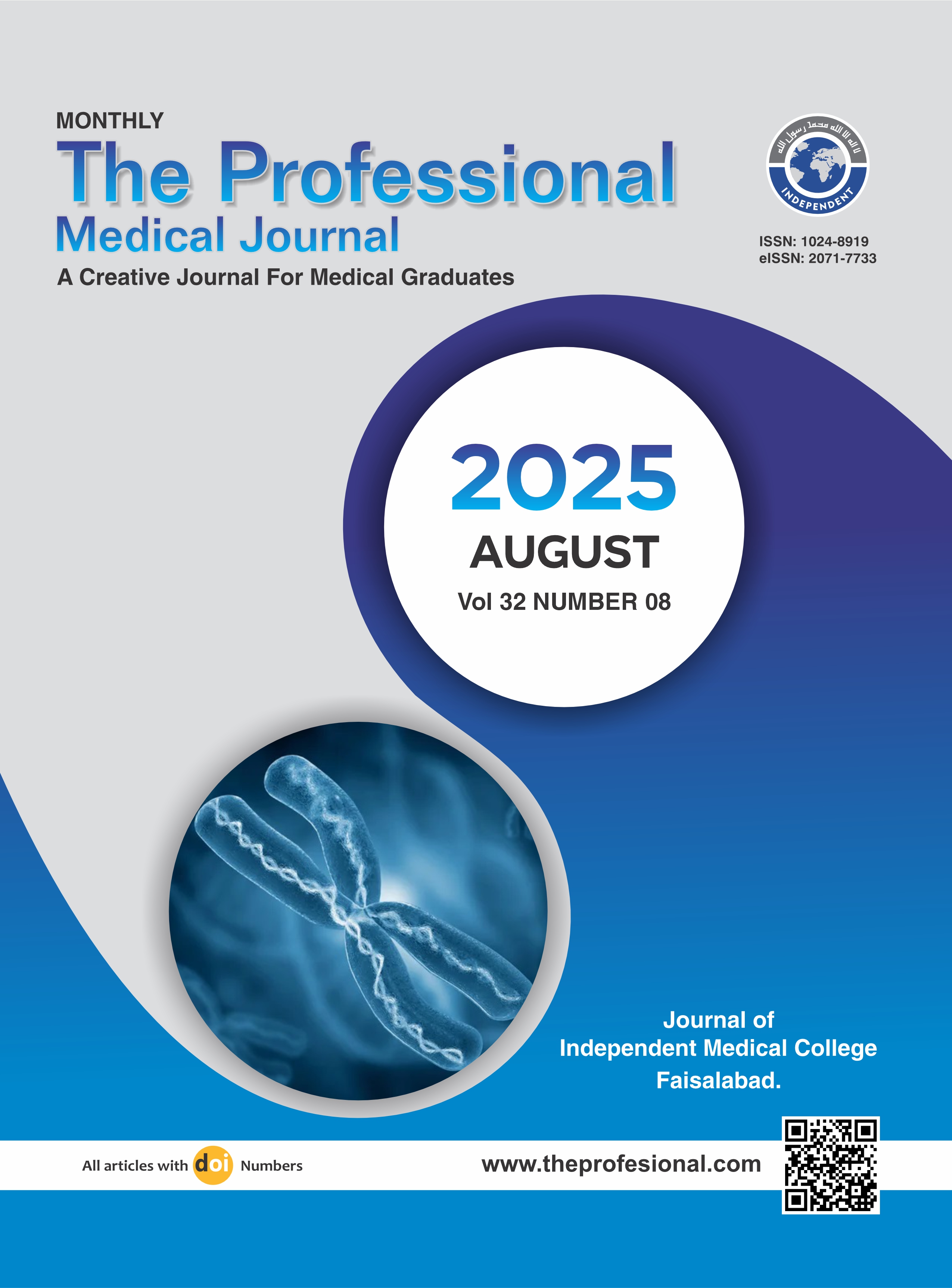Effectiveness of hydroxyurea in reducing the transfusion requirements in patients with beta-thalassemia major.
DOI:
https://doi.org/10.29309/TPMJ/2025.32.08.9819Keywords:
Beta-thalassemia Major, Blood Transfusion, Children, Effectiveness, HydroxyureaAbstract
Objective: To determine the effectiveness of hydroxyurea in reducing the transfusion requirements in patients with beta thalassemia major. Study Design: Randomized Controlled Trial. Setting: Department of Pediatric Medicine, Ghulam Muhammad Mahar Medical College (GMC), Sukkur, Pakistan. Period: January 2024 to January 2025. Methods: A total of 230 patients (115 in each group) aged 5-12 years with beta-thalassemia and receiving six or more annual blood transfusions were enrolled. In hydroxyurea group, oral hydroxyurea was given at 10-20 mg/kg/day along with standard treatment. Standard treatment group was maintained at normal blood transfusions and chelation therapy without giving them hydroxyurea. Both treatment groups were followed for six months to track their transfusion requirements, hemoglobin and serum ferritin levels. Data were analyzed using IBM-SPSS statistics, version 26.0. Results: In a total of 230 patients, 124 (53.9%) were male, and the mean age was 8.54±2.3 years. The mean baseline hemoglobin levels, serum ferritin levels, the number of PRBC transfusions, and transfusion intervals were 6.48±0.81 g/dl, 2536.18±1418.28 ng/dl, 3.09±0.67, and 2.94±0.88 weeks, respectively. After 6-months of treatment, patients receiving hydroxyurea demonstrated a significantly lower mean number of PRBC transfusions (1.27±0.45 vs. 2.50±0.50; p<0.001), longer transfusion-free intervals (3.66±0.70 vs. 3.17±0.75 weeks; p<0.001), higher hemoglobin levels (8.24±0.68 g/dl vs. 7.72±0.93 g/dl; p<0.001), and greater reduction in serum ferritin levels (1910.84±1019.46 ng/dl vs. 2229.72±1208.22 ng/dl; p=0.0365). Conclusion: Hydroxyurea significantly reduces transfusion requirements, prolongs transfusion intervals, increases hemoglobin levels, and lowers serum ferritin in patients with beta-thalassemia major.
Downloads
Published
Issue
Section
License
Copyright (c) 2025 The Professional Medical Journal

This work is licensed under a Creative Commons Attribution-NonCommercial 4.0 International License.


